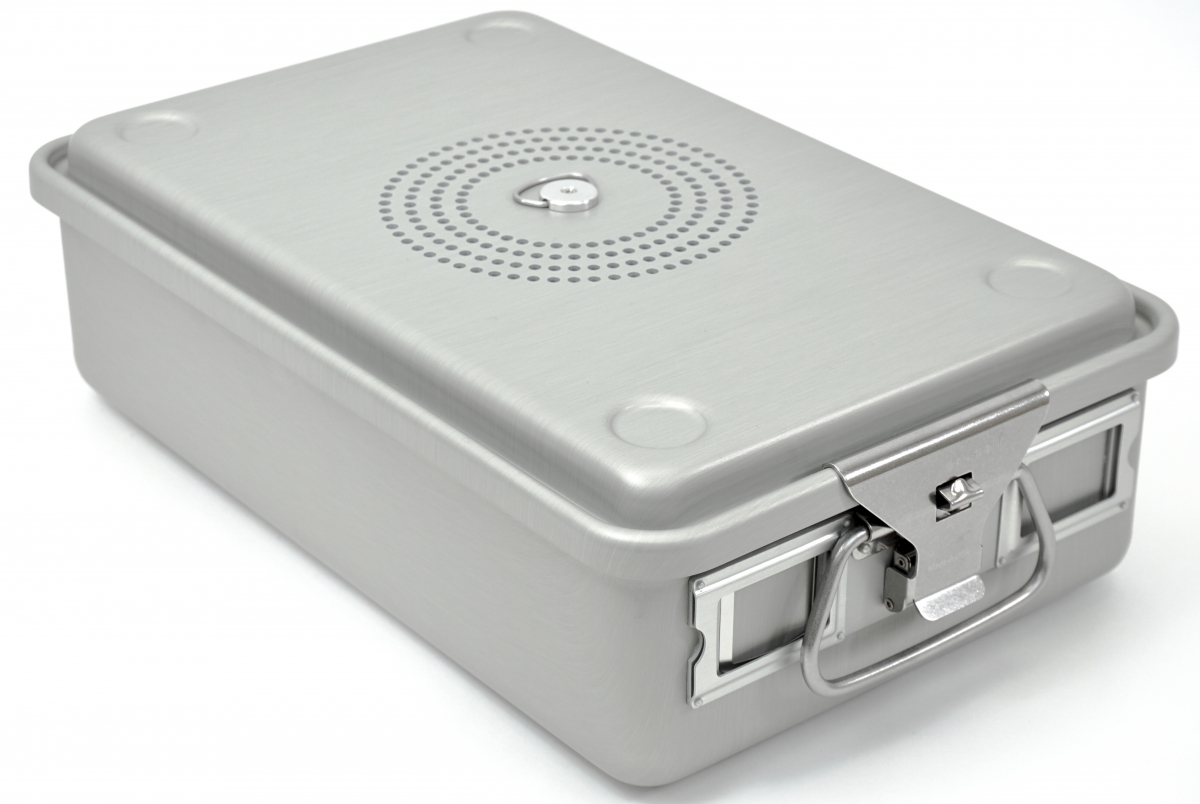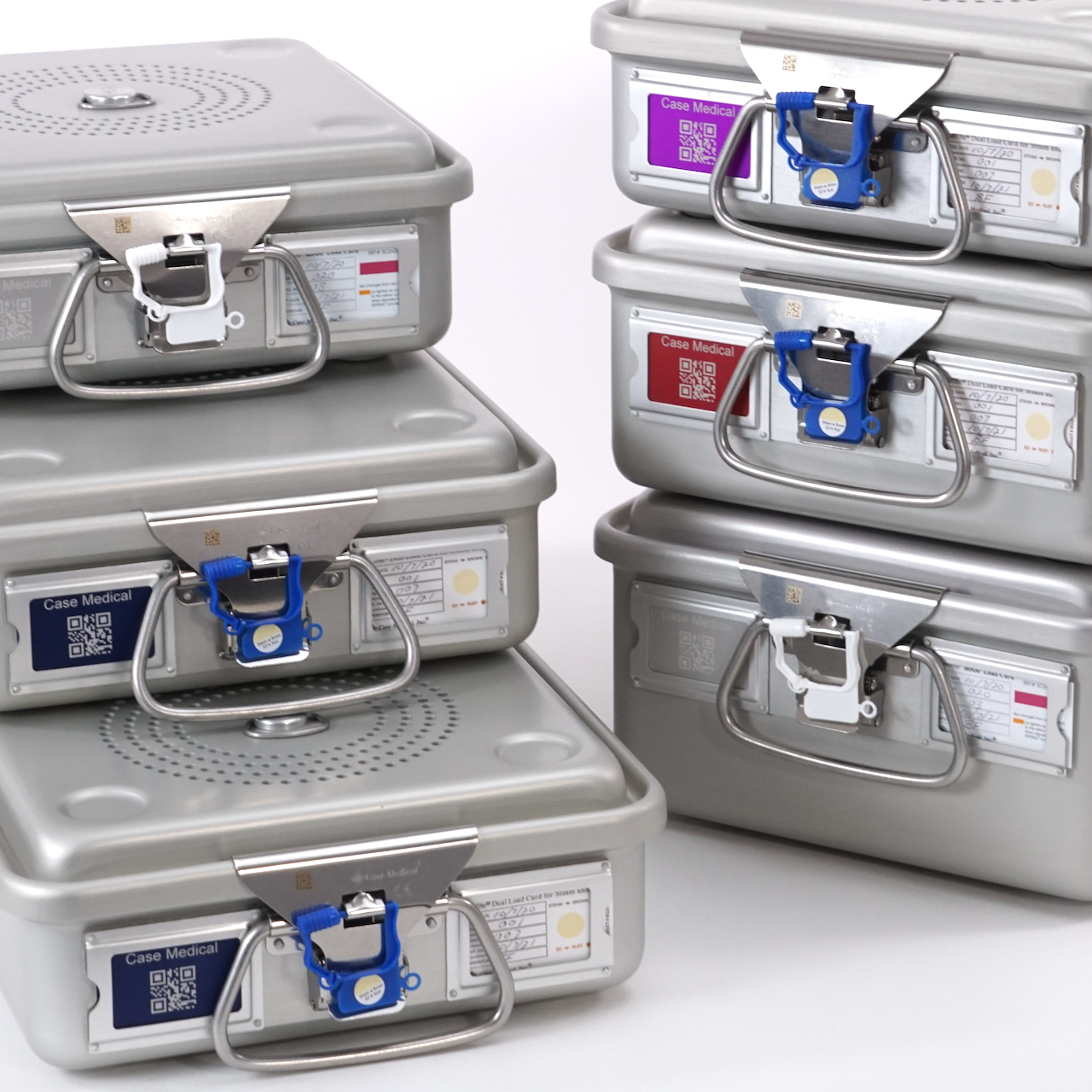
Inspect Your Current inventory of Containers
Rigid reusable container systems are designed for a long useful life. That is why they are a good investment. We know of containers that have been in continuous use for more than 15 years, but nothing lasts forever. With common sense care and handling you too can get maximum longevity from your containers. But to preserve your investment an inspection performed after each use must be part of your routine. While dents can be fixed, surface corrosion cannot. Deep surface scratches, white, black or gray discoloration on the container surface are signs of corrosion, and not a handling issue. Corrosion damage indicates that the container has been subjected to harsh chemicals and the unit needs to be replaced.
Proper Care and Handling
Like any medical device, sterilization containers must be cleaned, rinsed and dried after each use. Always rinse thoroughly under the flow of water. Use of a pH neutral detergent or enzymatic cleaner contributes to the useful life of the container. A thorough rinse will avoid residue. In low temperature cycles a drop of water, using any rinse agent or neutralizer can contribute to cycle failure. If you see a white powder residue immediately remove the container from service, while you investigate the cause. Thoroughly check the container surface, the likely cause is a lack of rinsing, or processing in a cart washer with recycled water and caustic chemicals.
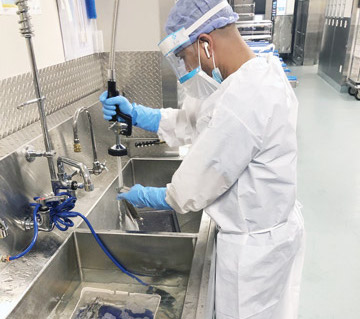
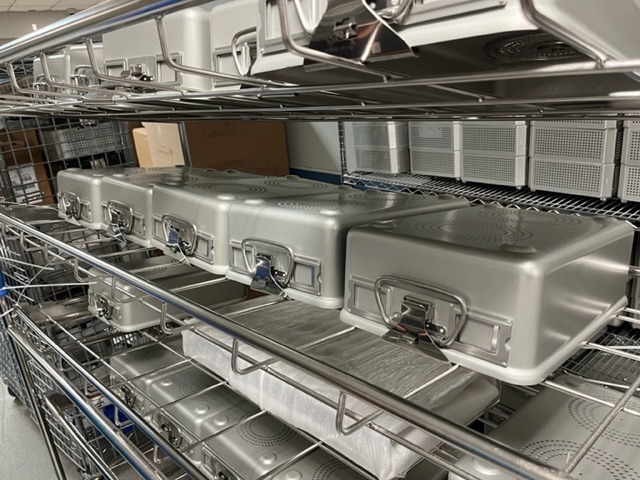
Decontamination
One may chose to manually clean their container system, process it in the automated washer, or the cart washer using an instrument cycle. While automated cleaning may work well in your facility be sure that the wash or rinse water does not contain caustic cleaners, lubricants, or finishing agents. In addition, using the proper rack in the cart washer is another factor to consider. While the shelving should be open, its critical there be space between each container on the shelf and that the container is properly supported to prevent damage to the rim or the latch of the container. Another option that can save time, money, and energy is to use Case Medical's PentaWipes, a single use wipe with pH neutral multi-enzymatic detergent followed by a thorough rinse.
What to Inspect
Always check that there is no damage to the rim of the container base and no dents in the corners. Ensure that the lid fits securely on the base and the latches are functional. Filter retention plates are critical components of a container system and should be handled carefully to avoid warping and other damage. Filter retention plates must be removed for cleaning and filters discarded. When a filter is in place, some spinning is a natural occurrence, as the silicone gaskets cannot make contact with the metal surface. In SteriTite containers the filter extends beyond the perimeter of the filter retention plate ensuring full coverage of the vented area.
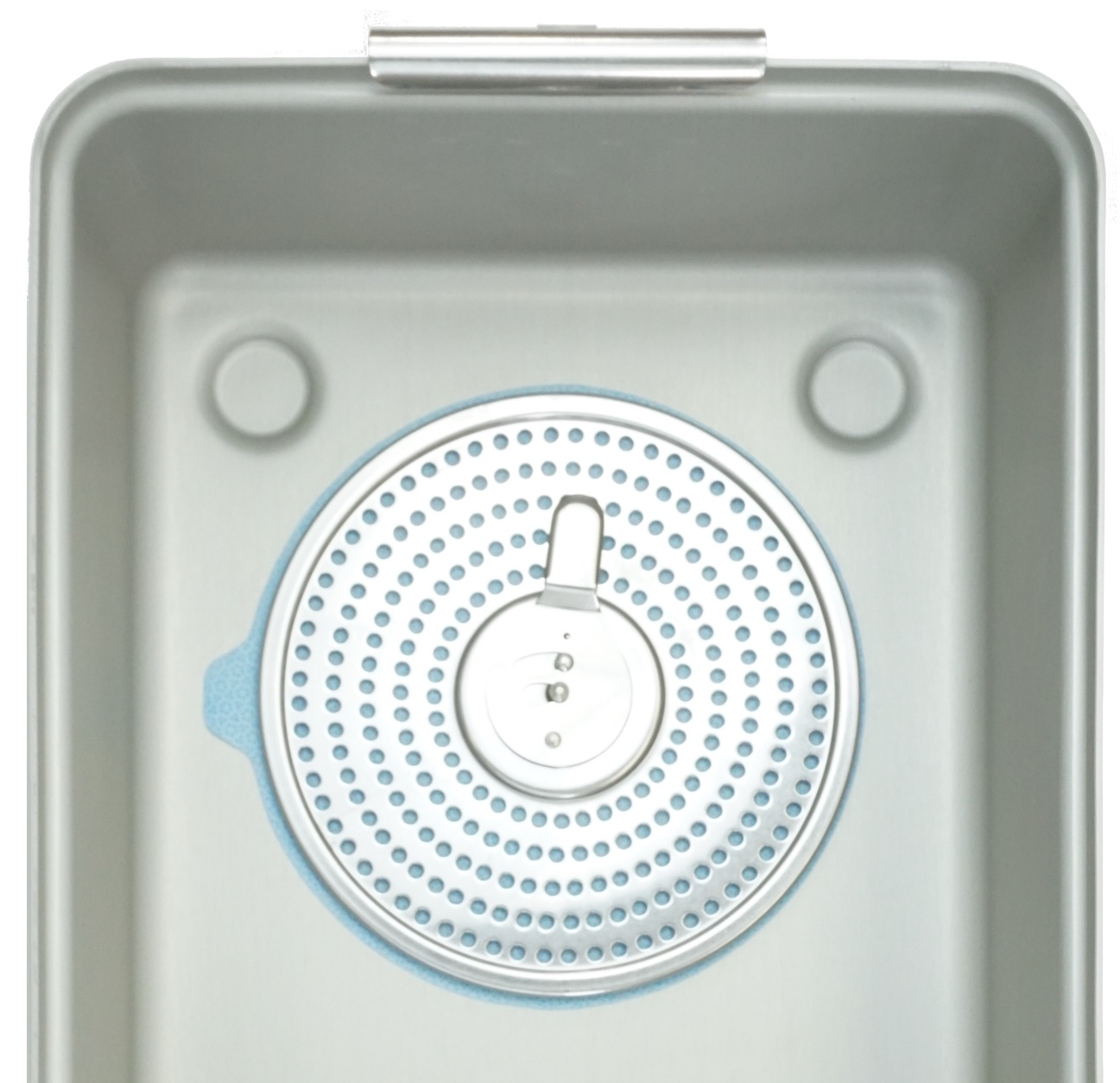
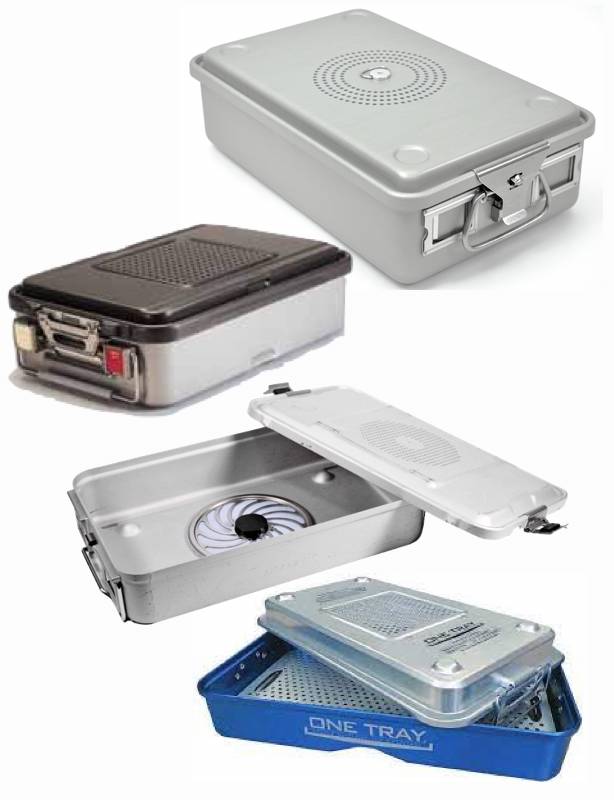
Not all Containers are Created Equal
Some of the container brands you consider may not be the best option for a variety of reasons. For instance, there are containers which are not truly universal. If they lack a protective anodized layer on their aluminum containers, then they are incompatible with low temperature sterilization methods and may rapidly corrode. Reliable filter assemblies are a must, yet there are products on the market that have filter retainers which will work loose and fall into the container compromising the contents. Then there is another which has a wide gasket between lid and base and yet no gasket in the filter plate. Perhaps, worst of all are containers which retain moisture, a breeding ground for bacteria, while the manufacturer proclaims that there is no problem, since the water is sterile, in complete contradiction of AAMI ST79.
The Right Choice
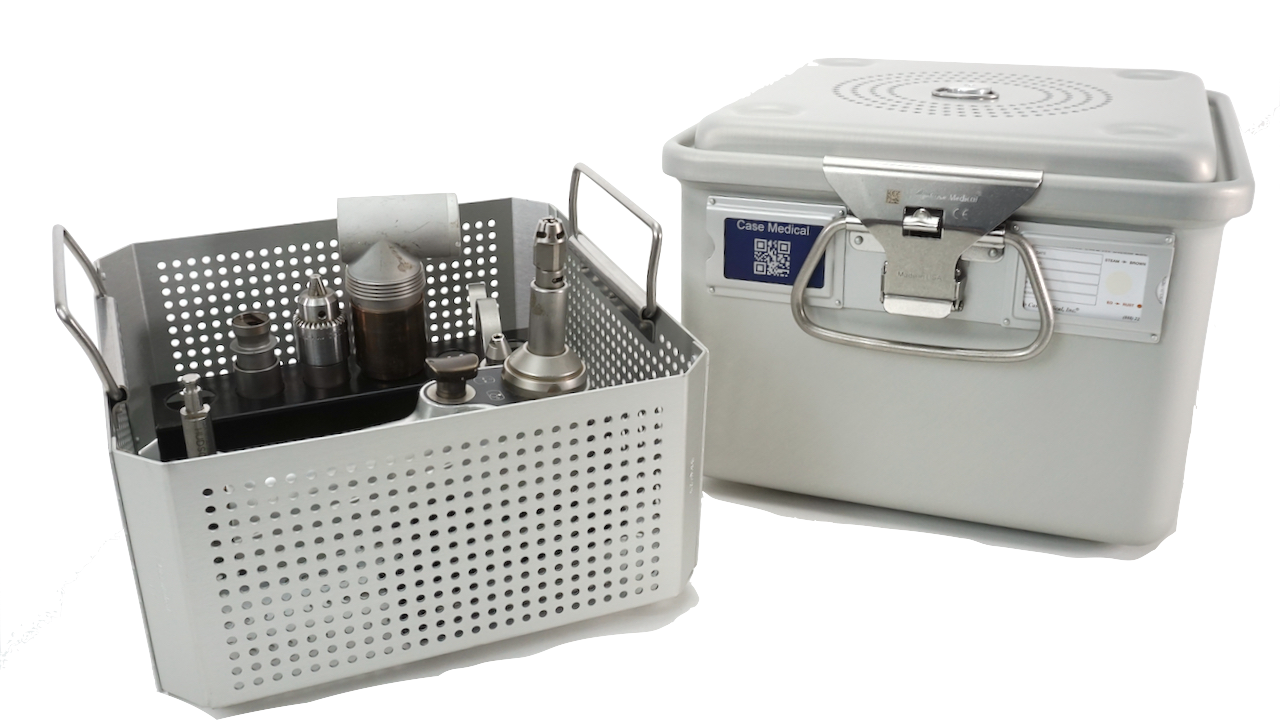
Join Us and Dewey Baker
Selecting the right container is critical for proper processing. Join us this Thursday to learn more about the selection and care of rigid, reusable containers in our Educational Webinar titled: The Case For Rigid Containers
Visit us at www.casemed.com to learn more about our products and how they can help your facility lighten its impact on the environment for the good of us all.
Marcia Frieze and the Case Medical team


